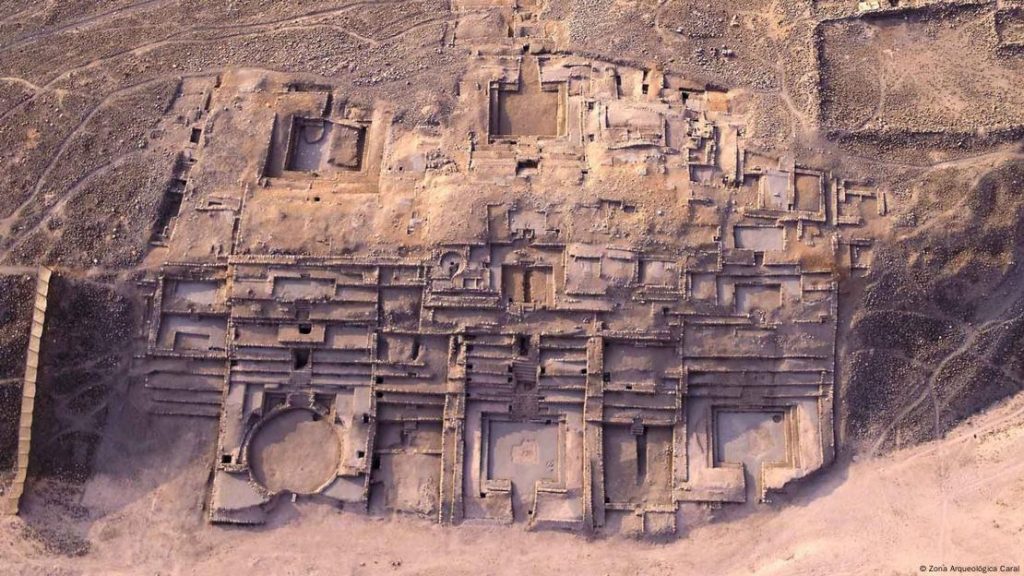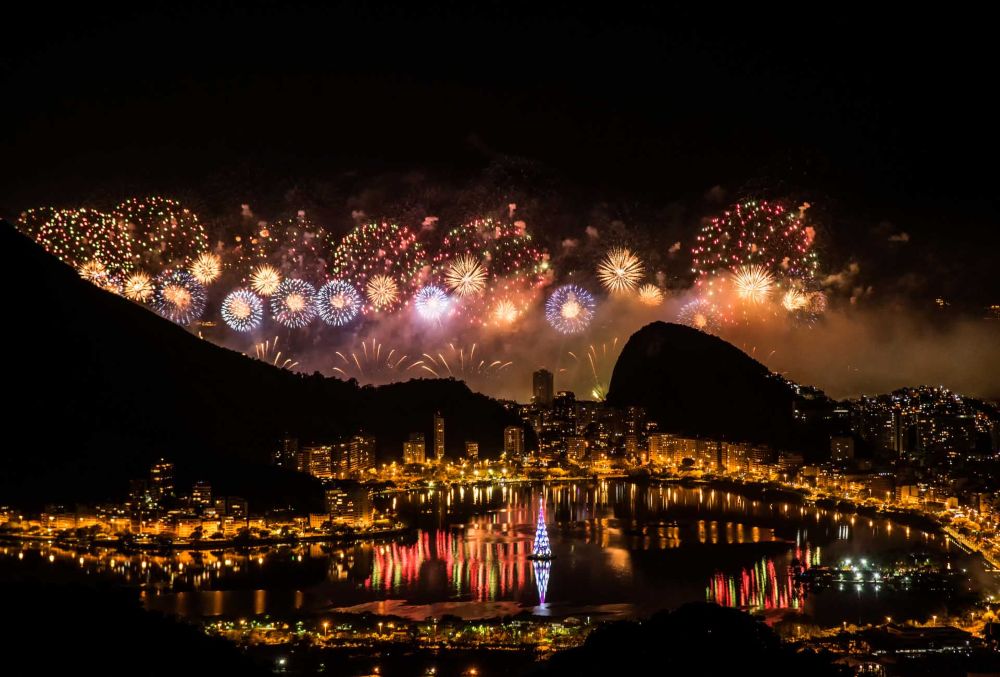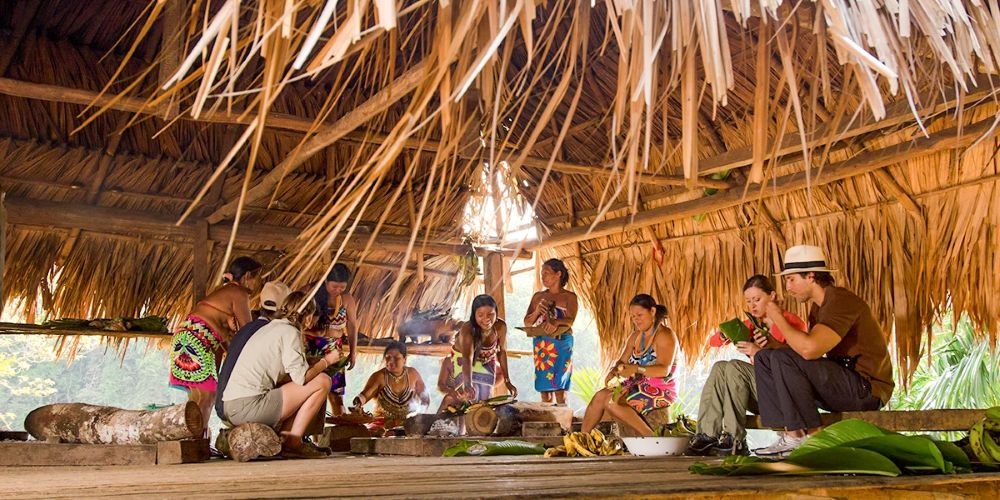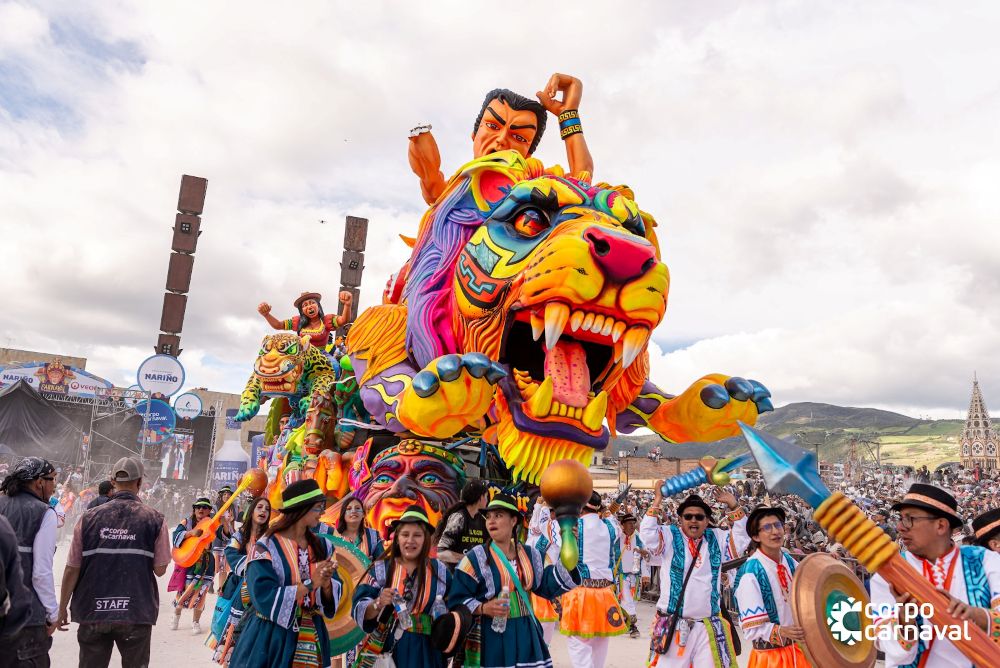Just 12 kilometers from the sacred city of Caral in Peru, the cradle of the oldest known civilization in the Americas, the archaeological site of Peñico has just opened its doors to the public after more than eight years of excavations and restoration work. This ancient city, which reveals how trade networks were woven between the central coast, the Andes, and the Amazon, is now an essential stop for those who wish to understand and experience Peru’s millennial patrimony up close.
Now travelers will be able to explore its ceremonial buildings, observe unique reliefs carved into adobe, and participate in cultural activities that celebrate the link between Peñico and today’s communities. For those planning an archaeological itinerary around Lima, this new space is a must-see stop that enriches the vision of pre-Columbian civilizations.
A discovery that connects territories
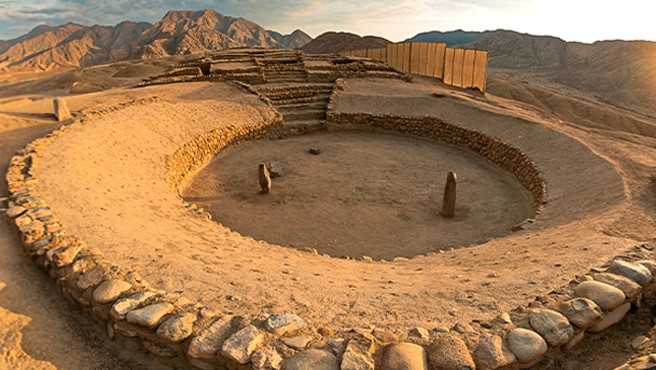
Located in the province of Huaura, in the Lima region, the site stands at an altitude of 600 meters, on a natural terrace overlooking the Supe Valley and protected by hills up to 1,000 meters high. The settlement developed between 1800 and 1500 BC and played a key role as a center of social, political, and economic integration for various populations from the coast and the Sierra.
So far, 18 monumental structures have been identified, ranging from public buildings to residential enclosures. The space known as “B2” stands out as one of the most important: it is believed to have been used for major administrative and political activities, as evidenced by reliefs depicting pututus, wind instruments used in Andean societies to summon people or announce events.
Inside Peñico, artifacts, networks, and daily life
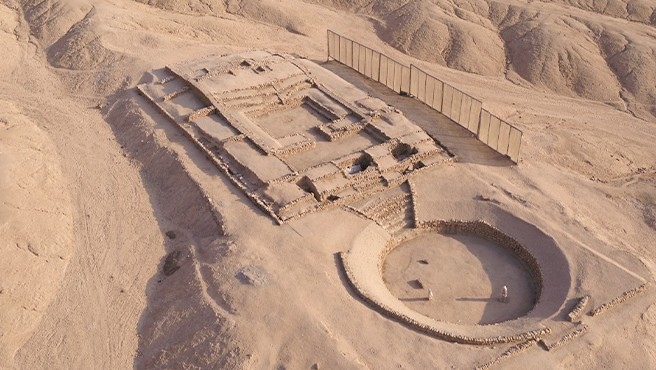
Peñico is part of the network of urban centers of the Caral civilization and is currently managed by the Ministry of Culture of Peru as one of the archaeological sites under the Caral Archaeological Zone (ZAC). The excavation work, led by archaeologist Ruth Shady and the ZAC team — responsible for researching, preserving, and promoting the social and cultural legacy of Caral — uncovered anthropomorphic and zoomorphic sculptures, stone tools, and ornamental objects made from unfired clay. In addition, evidence of irrigation networks for agricultural use and trade networks connecting this region to communities in the Amazon rainforest and the Andes have also been discovered, confirming the importance of the site.
Our article: The Nazca Lines: a Peruvian enigma
How to get there?
Peñico is about a 4.5-hour drive from Lima. It is open every day, including public holidays, from 9 a.m. to 4 p.m. More than just an excursion, this visit is an immersion into a memory that is still alive, engraved in the earth and passed down by those who preserve it. Every relief, every fragment tells of the ingenuity of an ancient world and the continuity of knowledge that still resonates with our present.
Photos: Zona Arqueológica Caral | Ministerio de Cultura de Perú

